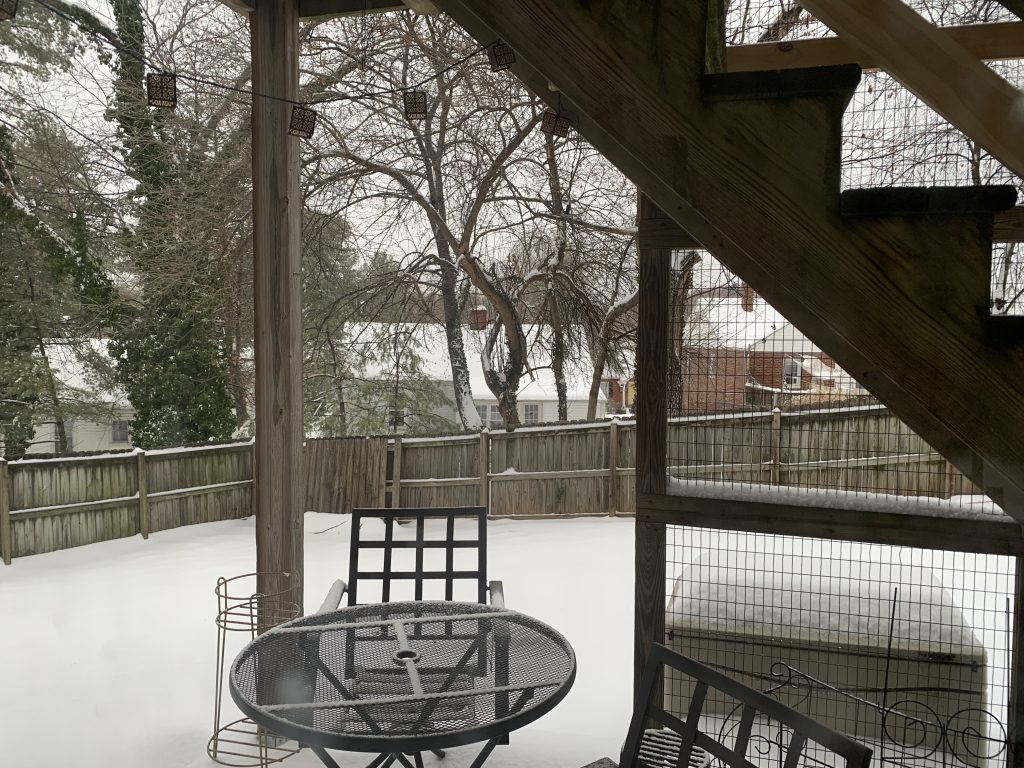Books
Fantasy or Science Fiction?
I just read a book that wasn’t what I expected it to be, but that I’m very glad I read. Before the winter storm hit, I went to the library and stocked up on reading material. I grabbed a book that was displayed face-out. It had a very cozy fantasy-style cover and the library had put a unicorn “fantasy” sticker on the spine, so that was what I was expecting. It turned out not to be fantasy, really. It was closer to science fiction (though with some elements that could be either mystical or scientific, so I’ll let it slide). But it’s not spaceships and robots science fiction. It’s more like Jules Verne science fiction, about underwater exploration, but in a very Victorian way, even if some of their technology is far more advanced than in the Victorian era, possibly in some places more advanced than ours. I suppose you could call it cozy science fiction, though, since it’s low-conflict and there’s no villain, no evil, just people fascinated with nature.
The book is A Letter to the Luminous Deep by Sylvie Cathrall. It’s an epistolary novel, told entirely through letters and documents. There’s a framing story in which some disaster has happened about a year ago that seems to have killed a man and a woman. In the present, the man’s brother and the woman’s sister begin corresponding as they try to piece together what happened to their siblings. As they write to each other, they share whatever information they have, including the letters their siblings wrote to each other, letters they wrote to their siblings (and vice versa), journal entries, correspondence with other people, etc. In the past story, we see a reclusive and anxious woman who lives in an undersea house write to a scholar about something she observed, and the two of them strike up a friendship and eventually fall in love through an ongoing correspondence. Meanwhile, her sister is part of a deep-sea exploration mission and sends reports back home. In the present, the brother and sister are investigating based on what they uncover, and they share their thoughts and findings.
The fun thing about an epistolary novel is that the reader has to make the connections and put together the puzzle pieces to figure things out. The writers don’t discuss much about their world and society because they take it for granted. There’s no narrator to explain things to the reader. The book has a very Victorian tone, and the bits of their society we see seem to reflect that. It appears to be on another world that’s not our earth, and we don’t see what (if any) connection it has to earth, whether this is in our past or in a distant future (which may be why it has a fantasy label on it—it may be secondary world fantasy with or without overt magic).
It’s not a page turner in the usual sense, with lots of action and peril, but I found myself drawn through the story by curiosity about what happened, and I felt a lot of intimacy with the characters, since I was reading their private letters. The scholar fits the mold of the kind of “adorkable wizard” I tend to write, and I found myself identifying way too much with the reclusive woman. Reading between the lines, I got a sense that she has a degree of OCD, which makes me wonder if I should have myself evaluated. There was a suggestion that she was known to be not well, but I related a lot to the way she thought and acted, so she seemed perfectly normal to me. It does take a while for the story to really get going, as we’re following the characters getting to know each other and starting to discover things. Then it picks up in pace and intensity as the pieces start coming together—only to end in a cliffhanger just as things take a turn. I’ll definitely be looking for the sequel. Per Amazon, it’s coming in May.
The promo text on Amazon refers to these books as “magical academia,” which would make it fantasy, so I guess the library wasn’t wrong. It’s definitely on that blurry, hard-to-categorize line. I guess I was expecting a more traditional fantasy setting based on the cover and the unicorn sticker, so it threw me a little to start reading and have underwater habitats and submarines, but it gave me a lot of the same vibes as a cozy fantasy book.
Anyway, I think a lot of my readers would enjoy this. If you liked my Rebel Mechanics books, you might like the Victorian style, and if you like my adorkable wizards you’ll love these characters.

